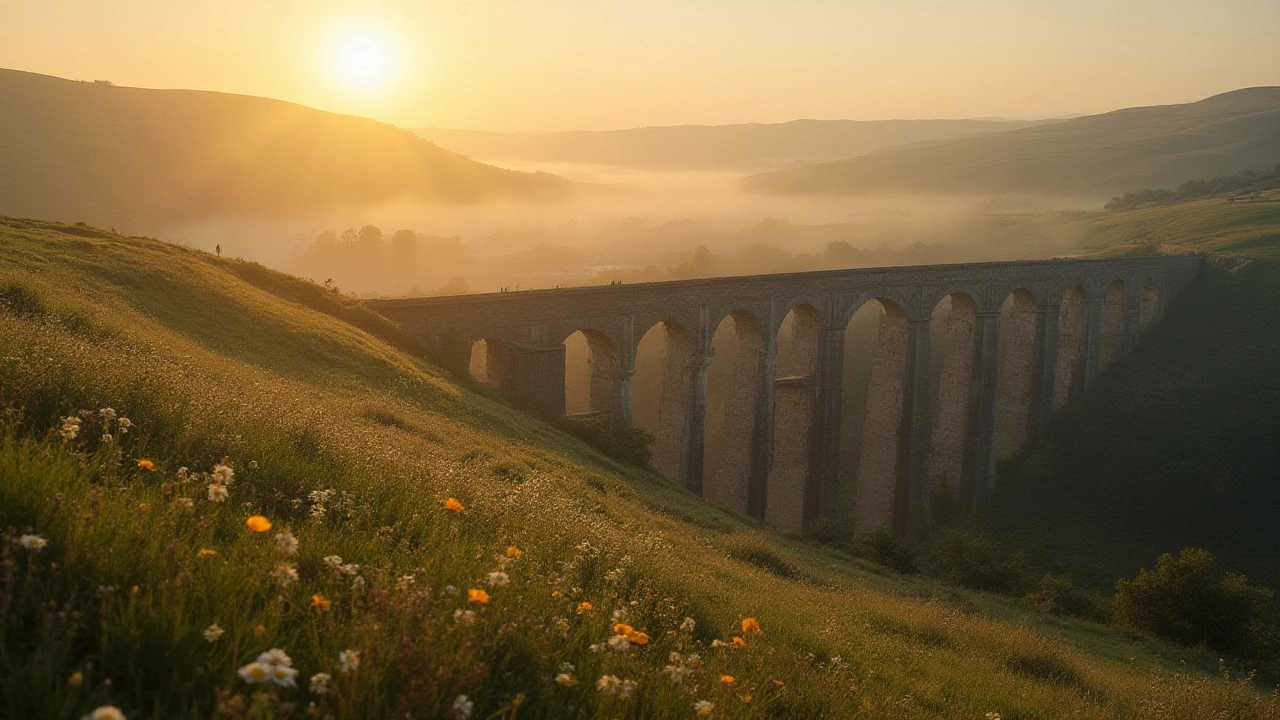Hidden Roman Gems: Where to Find Lesser-Known Ruins
Want to see Roman sites without the crowds? You can. Rome and its wider region hide smaller ruins, forgotten baths, and quiet sections of aqueducts that tell the same story as the Colosseum — just with fewer selfie sticks. This short guide gives clear, practical tips for finding those spots and links to useful reads on our site.
How to spot a hidden Roman gem
Start with maps that layer old and new streets. Historic maps, satellite views and local cadastral maps often reveal straight roads or odd alignments that hint at Roman roads or walls. Look for reused Roman stone in medieval churches and town walls — builders often recycled materials, so a plain parish church can sit on Roman foundations. Check small civic museums and parish websites: they often list finds from local digs that never made it to big museums.
Visit early in the morning or late afternoon for quieter ruins. Weekdays outside school holidays are best. Small sites and archaeological parks that sit outside city centers, like baths, tombs, or rural villas, get far fewer visitors but still show impressive mosaics, hypocausts, or layout remains.
Practical tips for exploring
Wear sturdy shoes. Many hidden sites have uneven ground or gravel paths. Bring water and a hat; ruins rarely have shade. Take a flashlight for cellars or underground rooms — even short tunnels can be rewarding. Most smaller sites don’t have guided tours every day, so call ahead or check local tourism offices to confirm opening times.
Talk to locals. Baristas, market vendors, and taxi drivers often know of uncrowded viewpoints, little museums, and spots where fragments of Roman roads peek through modern paving. Join a small local guide or an archeology walk if available; those trips focus on places the big tour buses miss.
Use these reads to learn what to look for. Our articles “Ancient Roman Architecture: Masterpieces, Engineering, and Lasting Influence” and “Ancient Roman Architecture: Inside Its Monumental Legacy” explain engineering basics like arches, vaults, and aqueduct channels. “Romanesque Architecture: The Birth of a Grand Style” helps you spot medieval buildings that grew from Roman foundations.
Respect rules and fragile surfaces. Don’t walk on mosaics, and follow signage. Many small sites are fragile and depend on visitor care. If a place asks for a small entrance fee, pay it — funds often support conservation and local guides.
Finally, combine styles. Hidden Roman corners often sit near Byzantine, Medieval, or Renaissance buildings. Seeing those layers side by side tells a clearer story than a single monument. Want more specific walks and site names? Check our linked guides and itineraries on Macklowe Art & Architecture for maps, photos, and how to plan a calm, rewarding visit to Rome’s lesser-known treasures.

Ancient Roman Hidden Gems: Unveiling Forgotten Marvels of Roman Architecture
Explore lesser-known wonders of ancient Roman architecture. Journey beyond the Colosseum and discover hidden gems, quirky facts, and travel tips. History lovers, this is for you.
Read more